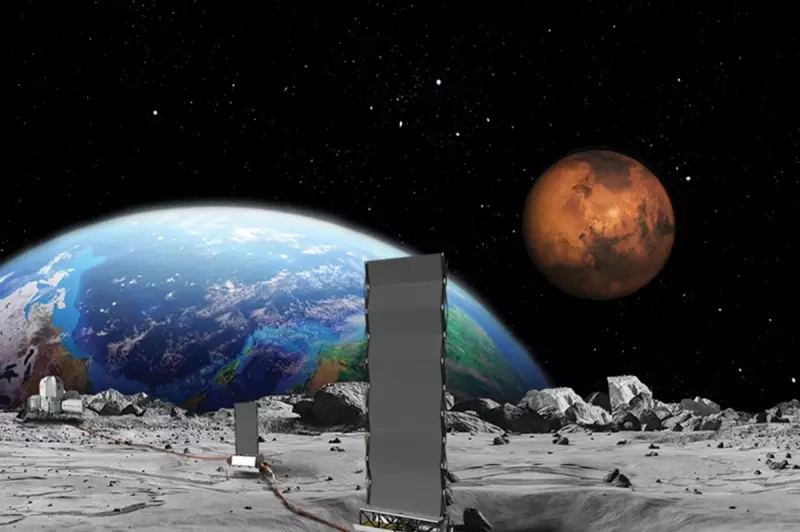
NASA has announced an ambitious initiative to establish a nuclear fission reactor on the Moon by the end of the decade. The project, developed in partnership with the US Department of Energy, aims to provide a reliable power source for sustained lunar exploration and pave the way for future missions to Mars.
The space agency is currently seeking proposals from private companies to design and build the reactor, which must be capable of operating autonomously on the lunar surface. According to NASA officials, the system should generate at least 40 kilowatts of continuous power for ten years, enough to support a small lunar base.
Why Nuclear Power for the Moon?
Unlike solar power, which is limited by the Moon's two-week-long nights, nuclear fission offers uninterrupted energy regardless of environmental conditions. This makes it particularly valuable for missions in permanently shadowed regions, such as the lunar south pole where NASA plans to establish its Artemis Base Camp.
Technical Challenges and Safety Concerns
Developing a lunar nuclear reactor presents significant engineering hurdles. The system must be compact enough to transport via rocket, yet robust enough to withstand extreme temperature fluctuations and radiation. Safety protocols will ensure the reactor remains inactive during launch and only begins operation once safely deployed on the Moon.
NASA emphasizes that the project will adhere to strict safety standards, with multiple fail-safes to prevent any risk of nuclear contamination on Earth or in space. The reactor will use low-enriched uranium fuel, reducing proliferation concerns.
The Road to Mars
This lunar power initiative forms part of NASA's broader strategy for deep space exploration. A successful demonstration on the Moon could lead to similar systems being deployed on Mars, where dust storms can render solar panels ineffective for extended periods.
The timeline calls for reactor delivery to the Moon by the early 2030s, coinciding with planned crewed Artemis missions. This technological leap could fundamentally transform humanity's ability to maintain a long-term presence beyond Earth.




